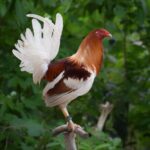
Red Pyle Standard Old English – Sold as Baby Chicks Only – No Sexing Available
Not Sexed = 3
Total of 3 birds to ship
Seasonal/Shipped Early Feb thru Mid August.
Continue Reading
Red Pyle Standard Old English – Sold as Baby Chicks Only – No Sexing Available
Not Sexed = 3
Total of 3 birds to ship
Seasonal/Shipped Early Feb thru Mid August.
Continue Reading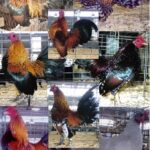
Cackle’s Show Class Old English Bantam S/R Assortment 25 Qty – Sold as Baby Chicks Only – No Sexing Available
Includes Mareks Vaccinations – FREE SHIPPING
Seasonal/Shipped Early Feb thru Mid August.
Item #1222
Continue Reading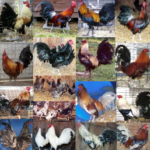
Standard Old English Surplus – Sold as Baby Chicks Only – No Sexing Available
Not Sexed = 3
Total of 3 birds to ship
Seasonal/Shipped Early Feb thru Mid August.
Continue Reading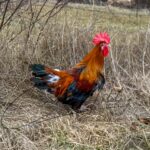
Red Dorking Chicken – Sold as Baby Chicks Only
Not Sexed = 3
Female = 3
Male = 1
Total of 3 birds to ship
Seasonal/Shipped Feb thru mid August
NOT AVAILABLE FOR THE 2025 SEASON
Continue Reading
First, let’s establish that “bantam” is not a specific chicken breed. Rather, the word refers to a collection of breeds that are smaller than the usual egg-and-meat chicken breeds. A typical bantam weighs no more than two pounds, leading practical chicken keepers to wonder, “What’s the point?” Bantams don’t lay exceptionally well, and the eggs […]
Continue Reading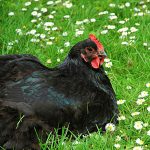
The definition of black chicken breeds depends on who’s talking. The term might refer to a breed that’s truly all black — feathers, comb and wattles, beak, shanks and feet, skin, and even bones. But some chicken breeds with black skin and other body parts have varieties with alternative plumage colors besides black. Many chickens […]
Continue Reading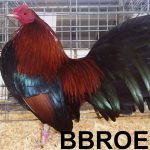
Chicken keepers often use abbreviations and assume their listeners know what they mean. Here are some of the more common chicken breed abbreviations, along with abbreviations for variety features and those used for show that may be puzzling when you see them in poultry publications, forums, and websites. Note that abbreviations may be combined to […]
Continue Reading
The average well-cared-for chicken may live 8 to 10 years. Some chickens survive 15 years or more. Many factors contribute to a chicken’s longevity. Some of these factors relate to genetics. Other factors have to do with good management. Guinness Records The first chicken recognized by Guinness World Records as the World’s Oldest Living Chicken […]
Continue Reading
Who says chickens can’t fly? Some chickens fly really well. Others not so well, or not at all. So rather than ask “Why can’t chickens fly?” we should be asking “Why don’t chickens fly?” Wing Power The short answer is that chickens have small wings relative to their heavy bodies. Why that matters relates to […]
Continue Reading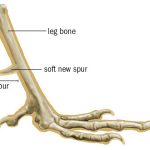
All chickens have spur buds. Roosters are well known for their spur buds developing into full-blown spurs. But hen’s can grow spurs, too. While some roosters — notably certain strains of Cubalaya — maintain only rudimentary spurs, some hens develop long rooster-like spurs. As with roosters, the longer the spur, the older the hen. Which […]
Continue Reading